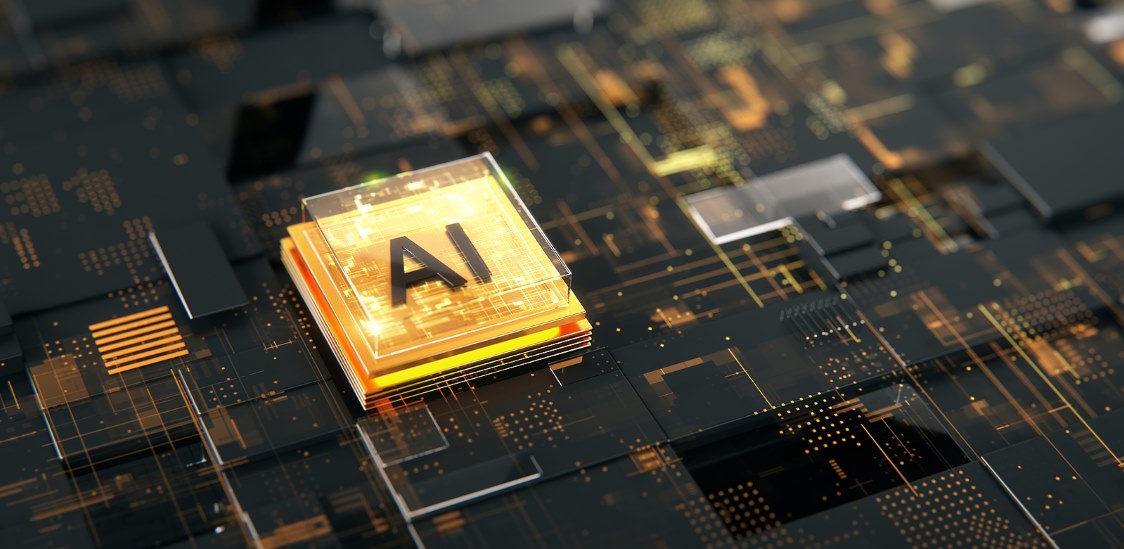The advancement of AI earmarks a new and vital inflection point for enterprises and the broader tech industry. It is not just a fad but, instead, the single most significant innovation for the sector in the last 50 years.
Customer adoption has exploded, and we are just beginning to see the true potential of AI. For example, AI is already being used to improve healthcare diagnoses, accelerate climate research, enable new personalised assistants, provide powerful tools for content creators, and improve chip design. Beyond that, we are seeing IT teams developing novel use cases as well as leveraging AI’s supercharge existing business capabilities from content creation to maintenance management, from biometric identity verification to enabling new product offerings.
Right now, over 70% of businesses have taken their AI strategies beyond the proof-of-concept stages, demonstrating not only definitive confidence in the transformative technology but also a robust commitment to integrating it into their operations. However, the enthusiasm for the technology is also tempered by critical challenges around infrastructure, security, as well as performance and efficiency, hindering the rate of transition and impeding the growth of the technology.
Amidst this ongoing discourse, a new category of devices that checks all the requirements for enterprises looking to deploy AI has emerged: AI PCs. This next-gen iteration of the PC features a specialised AI engine alongside the traditional CPU and GPU, providing low latency, high performance, and superior power efficiency for running AI workloads. Given the nascency of the product category and technology, some critics have argued against AI PC adoption citing limited use cases but given the rapid pace of innovation within the space, it is imperative that IT leaders are aware of the other benefits that AI PCs bring to the table as well as how they can best leverage it as more applications emerge.
The marriage between portability and power
An AI PC is a PC designed to optimally execute local AI workloads across a range of hardware, including the CPU (central processing unit), GPU (graphics processing unit), and NPU (neural processing unit). Each of these components has a different part to play when it comes to enabling AI workloads.
CPUs offer maximum flexibility, GPUs are the fastest and popular choice to run AI workloads, and NPUs are designed to execute AI workloads with maximum power efficiency. Combined, these capabilities allow AI PCs to run artificial intelligence aka machine learning tasks more effectively than previous generations of PC hardware.
The NPU is designed to use milliwatts of power vs. running an AI workload on the CPU/GPU where it would require many watts of power to perform the same task. Users can leverage this engine by running a content creation workload, and the impact on total system performance is minimized because when workloads are running on the AI engine, the CPU and GPU are free to process other tasks.
The beating heart behind the engine
The dedicated AI engine provides low latency, high performance, and extremely power efficient hardware for running AI workloads. The advantages to an AI PC include:
AI-Optimised Cost. Businesses can optimize AI deployment costs with an upfront investment in AI PCs. The power to control your own AI processing opens the AI revolution to open-source software and enables a future where AI service subscription costs are lower or possibly eliminated when enterprises use dedicated AI processing power in these AI PCs. For instance, AI PCs have the processing power to run state-of-the-art large language models without having any coding skills. Companies can leverage these LLMs to develop custom AI assistants designed to their organisation’s specific needs and help increase productivity, efficiency or even brainstorm for ideas
Hyper Personalisation & Efficiency. AI PCs is designed to learn from interactions and adapt over time, tailoring its output to suit each user’s individual preferences and needs, enabling every employee to work more creatively and productively.
Low Latency & Cutting-Edge Security. There are several advantages to local AI processing. It takes less time to start processing a task on the CPU, GPU, or NPU than to send that task to a remote server. The advantages of running a workload locally is latency.
An integrated AI engine can run select AI-optimised applications locally with incredible speed and minimal latency, accelerating critical business processes. The dedicated AI hardware accelerator on the PC can soon allow algorithms for anomaly detection to run independent of the CPU for greater performance. It is designed to isolate any malware threats from the CPU for more safety.
Right-sizing adoption to your needs
There are currently a limited number of AI-enabled applications available in the market. Many different software companies are moving to change this, and new AI applications and capabilities are debuting on a monthly basis. 15 months ago, no one was seriously discussing generative AI. Now, those conversations are happening everywhere, at every level of business.
A wide range of ISVs have either integrated AI into their products or plan to do so, including Adobe, BlackMagic, Microsoft, and Topaz Labs. Hundreds of companies are expected to launch AI-powered software over the next 6-18 months. Open-source model communities like Hugging Face offer thousands of pre-trained large language models that are free for developers and companies to use. It is rapidly becoming easier for users and companies to integrate generative AI into their workflows and products.
Combine the rapidly expanding generative AI marketplace, with end customers desires to extend their platform purchase life cycles to as long as 4-6 years, and the need to consider integrated AI starts to become very important. Customers should look at integrated AI solutions and consider where in their workflows and end users it might be relevant and start to plan for AI today.
Conclusion
The argument for adopting a fleet of AI-enabled PCs as a way of preparing for future AI-powered software releases will only strengthen over time. Companies that are interested in deploying AI in the next 1-3 years may want to begin adopting AI PCs now to ensure their fleets are capable of running AI workloads by the time they intend to make use of it. Any company that wants to be at the forefront of AI adoption should be thinking seriously on this topic.






















